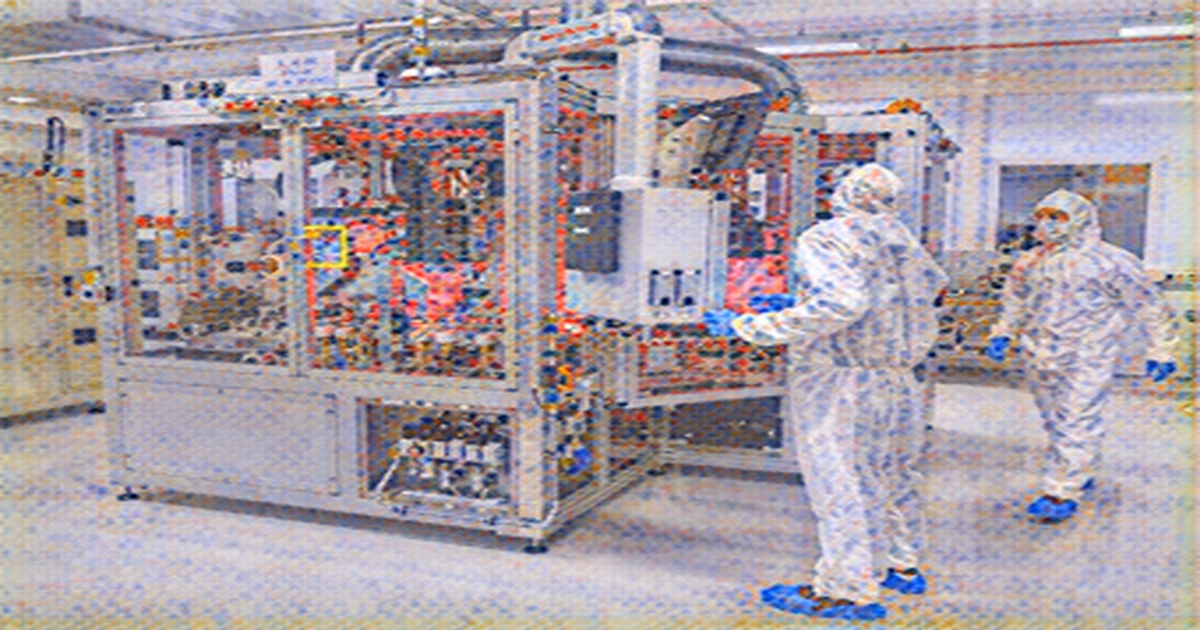
Europe's carmakers face raw material bottleneck for EV batteries FRANKFURT Reuters - Major carmakers like Volkswagen, Daimler and Stellantis have been racing to secure battery cell supplies in Europe, but may face a bigger challenge as they seek to go electric - finding enough raw materials.
Failure to obtain adequate supplies of lithium, nickel, manganese or cobalt could help slow the shift to electric vehicles EVs make those vehicles more expensive and threaten carmakers' profit margins.
There is a serious question as to whether supply can keep up with demand across the battery supply chain, says Daniel Harrison, an auto analyst at Ultima Media.
Until recently, Europe was seen as having lost the battery race to dominant Chinese manufacturers like CATL in China, Japan's LG Chem and South Korea's Panasonic, says Ilka von Dalwigk of EIT InnoEnergy, which has set up a company network that was funded by the European Union in the European Battery Alliance. Nobody saw this as a problem, says von Dalwigk The idea was that we can import battery cells. But forecasts from banks like UBS that EV sales would soar in the coming decade shook the political establishment and carmakers and forced a rethink of battery production.
This was followed by major fund streams from the EU with billions of dollars and major batteries announcements by car manufacturers and suppliers. Volkswagen plans six battery plants in Europe, while Daimler will build four with partner.
Recently, battery plant announcements have been reported thick and fast and EIT InnoEnergy lists almost 50 planned projects in EU.
If all these plans become realities, local production should meet demand around 2030. About 640 gigawatt hours GWh would be available, enough to produce average annual production of 13 million cars.
By 2030 Ultima Media estimates the global supply at 2,140 GWh and the demand at 2,212 GWh.
In Wolfsburg, Ultima Media's Harrison projects the six planned plants would allow VW to cover around two-thirds of its own battery needs.
The problem lies with raw materials like lithium, nickel, manganese and cobalt.
Market experts from Benchmark Mineral Intelligence BMI speak of the huge raw material disconnect - missing investments in cell factories but high investments in raw material extraction.
Within a year the price for lithium carbonate has more than doubled, says Caspar Rawles, head of price and data analysis at BMI.
In the case of Cobalt, where the largest deposits are located in the Democratic Republic of Congo and are sometimes extracted under miserable working conditions, an increase is also expected.
At the very beginning of the supply chain, it takes around seven years for new mines to be discovered.
Rawles believes that Europe is not the only area that is raising its e-car targets and reducing CO2 emissions.
The automotive industry is currently experiencing difficult production disruptions due to shortage of semiconductors.
Some carmakers, including Volkswagen, are trying to secure the supply of raw materials with exclusive supply contracts.
So far, lithium has mainly come from Australia and Chile, cobalt from the Congo and graphite from China. The largest processors of cathode and anode material are also located in Japan, and in Japan.
But imports can become more expensive due to tarif increases in trade disputes and blighted by logistics problems, as a tanker accident that blocked the Suez Canal recently showed.
And long journeys are not good for those focused on making batteries with as few CO2 emissions as possible.
One answer is investments in the production of raw materials in Europe - lithium is particularly available.
Startup Vulcan Energy is working on obtaining lithium CO2 from thermal water in Germany's Upper Rhine plain and has already signed Renault as a customer to obtain the benefits.
We would need a lot of projects like Vulcan Energy - we would have one in every European country and our supply chain will be built in Europe, says Harrison.
EIT InnoEnergy estimates that by 2030, Europe could tap a quarter of raw materials it needs, so is actively working on raising more money that could trigger further investments.
Recycling is another option. But here, too, Europe lags far behind China.
Currently, quality issues mean only 10% to 20% of demand could be met with recycled material, says von Dalwigk.
There is a risk the shift to emobility will be reduced, says Harrison.
He adds, however, that he believes the European Commission and EU member states will have to take action - such as more subsidies for exploring reserves and recycling - because so much is at stake economically and ecologically.
